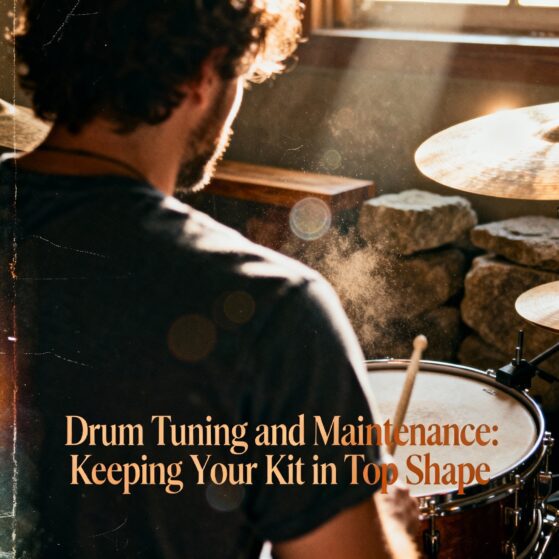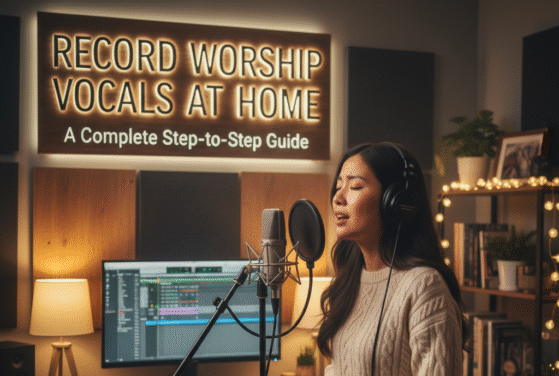How do I start learning electric guitar by myself?
Learning to play the electric guitar can be an exhilarating journey filled with creativity and self-expression. Whether you’re a complete beginner or have some experience with other instruments, the electric guitar offers a unique blend of versatility and excitement. If you’re looking to dive into this musical adventure on your own, here’s a comprehensive guide to get you started.

Choosing the Right Electric Guitar
The first step in your electric guitar journey is selecting the right instrument. With a wide variety of brands, models, and price ranges, consider the following factors:
- Budget: Determine how much you’re willing to spend. Entry-level guitars can be found for around $200-$500, while higher-end models can cost much more.
- Body Style: Electric guitars come in various shapes (solid, semi-hollow, and hollow body). Solid-body guitars, like the Fender Stratocaster or Gibson Les Paul, are popular for their versatility and sound quality.
- Pickups: The type of pickups (single-coil vs. humbucker) affects your tone. Single-coils offer a brighter sound, while humbuckers provide a warmer, fuller tone.
- Neck Size: Ensure the neck feels comfortable in your hand. If possible, try out different guitars in-store to find what suits you best.

Essential Gear and Accessories
Once you’ve chosen your guitar, gather the necessary gear and accessories to enhance your learning experience:
- Amplifier: An electric guitar needs an amplifier to produce sound. Look for a practice amp with a clean tone and some built-in effects.
- Guitar Cable: Invest in a quality cable to connect your guitar to the amplifier.
- Tuner: A clip-on tuner or a tuning app will help you keep your guitar in tune.
- Picks: Experiment with different pick thicknesses to find what feels best for you.
- Strap: A comfortable strap is essential for playing while standing.
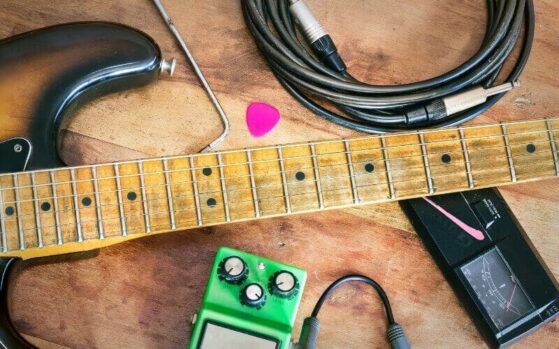
Learning the Basics
Start by familiarizing yourself with the fundamental concepts of playing the electric guitar:
- Holding the Guitar: Learn how to hold the guitar properly, whether seated or standing. Ensure your back is straight and your wrist is relaxed.
- Tuning: Use a tuner to get your guitar in standard tuning (E-A-D-G-B-e).
- Basic Chords: Begin with simple open chords such as E minor, A major, and D major. Practice switching between these chords smoothly.
- Strumming Techniques: Learn basic strumming patterns using a pick or your fingers. Start slow and gradually increase your speed as you become more comfortable.

Utilizing Online Resources
The internet is a treasure trove of resources for self-learners. Here are some valuable platforms and tools:
- YouTube: Look for beginner guitar lessons that cover basic techniques, chords, and songs. Channels like JustinGuitar and Marty Music are excellent starting points.
- Online Courses: Websites like Guitar Tricks, JamPlay, and Fender Play offer structured lessons that guide you through various topics.
- Apps: Consider using apps like Yousician or Ultimate Guitar for interactive lessons, song tutorials, and practice tools.

Practicing Regularly
Consistency is key to making progress. Set aside dedicated practice time each day, even if it’s just 15-30 minutes. Focus on:
- Warm-Up Exercises: Start your practice session with finger exercises to build dexterity and strength.
- Learning Songs: Choose simple songs that you enjoy. Playing along with recordings can help improve your timing and technique.
- Technique Improvement: Work on specific techniques like bends, slides, and hammer-ons to enhance your playing style.
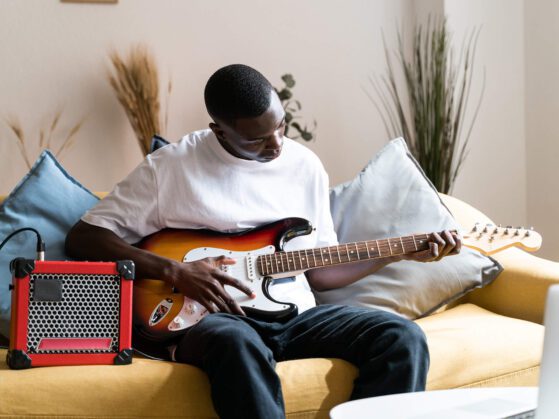
Playing Along with Music
One of the most enjoyable aspects of learning guitar is playing along with your favorite songs. Use backing tracks or jam along with recordings to develop your timing and improvisational skills. Apps like Chordify can help you find the chords for many popular songs.
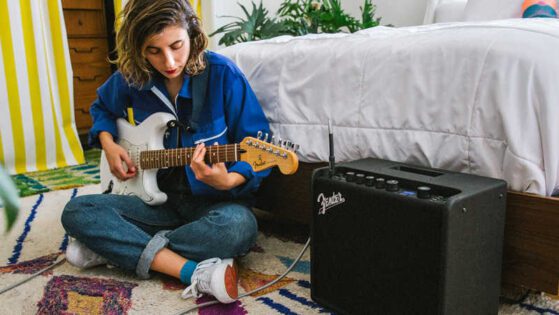
Joining a Community
Engaging with other musicians can provide motivation and inspiration. Consider joining online forums, social media groups, or local music clubs where you can share your progress, ask questions, and collaborate with others.

Setting Goals
As you progress, set achievable goals to keep yourself motivated. This could be learning a specific song, mastering a technique, or participating in an open mic night. Celebrate your achievements, no matter how small.
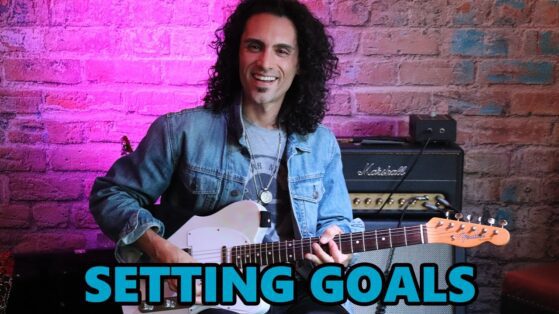
Embracing the Learning Process
Learning to play the electric guitar is a journey, not a destination. Be patient with yourself, embrace mistakes, and enjoy the process. Every practice session contributes to your growth as a musician.
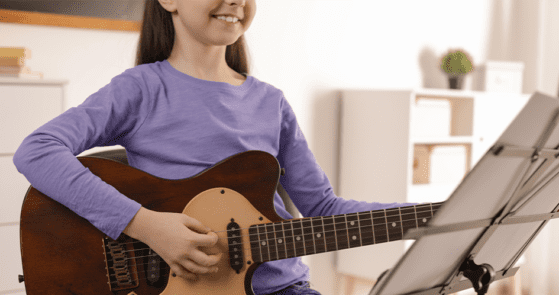
Conclusion
Starting to learn the electric guitar by yourself can be a fulfilling and empowering experience. With the right guitar, consistent practice, and a wealth of resources at your fingertips, you can develop your skills and unleash your musical potential. Remember, the key is to have fun and stay committed to your learning journey; before you know it, you’ll be playing your favorite songs and creating your own music. If you’re looking for structured guidance, Master Electric Guitar from basic to advanced with our Electric Guitar Lessons Online, designed to help you progress smoothly from fundamental techniques to complex riffs and solos. So, grab your guitar, plug it in, and let the music begin!




